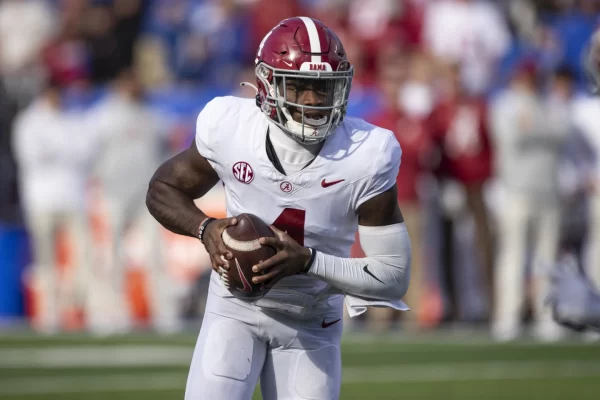The Curb Cut Effect
Why Accessible Design Helps Everybody
Wheelchair ramps, or curb cuts, were originally designed to make travel easier for wheelchair users, but I’m betting that you use them everyday for other purposes. If you’re pushing a stroller, pulling luggage, or riding a bike, wheelchair ramps are extremely useful. While they weren’t originally designed with non-wheelchair users in mind, everybody in the world benefits from them.
This is known as the curb-cut effect. According to Emma Sheridan, a writer on uxdesign.cc, “The curb cut effect states that when you design for disabilities, you make things better for everyone in the process.”
Curb-cuts on sidewalks first came around in the early 1970s at Berkeley College, when a group of students in wheelchairs began the curb-cut movement. It’s rumored that these students poured cement by the sidewalks in the shape of a ramp, in order to make it easier for them to traverse the campus.
The first official curb-cut was installed in 1972 in the city of Berkeley. Hundreds, then thousands, more curb-cuts followed across the country, making the world more accessible. Finally, on July 26, 1990, the Americans with Disabilities Act was signed, prohibiting disability-based discrimination and mandated changes to the built environment, including curb cuts.
Following the introduction of curb-cuts, many other changes were made when it came to how the world was designed, such as accessible bathrooms, wheelchair lifts on buses, and low countertops. All of these “universal design” implementations were built with accessibility in mind.
There are lots of examples of universal design that everyone uses everyday. Universal design is defined on Washington.edu as “the process of creating products that are accessible to people with a wide range of abilities, disabilities, and other characteristics.” Some examples of this are automatic doors, elevator doors beeping, and closed captioning, three things that people use or are benefitted by all the time.
The curb-cut effect also applies online. Using a large text size and high color-contrast on a website makes it accessible for people who are visually impaired, but it also generally makes the website look better and makes for a more comfortable viewing experience for everyone. Adding captions to images on a website allows blind people who use screen readers to understand the picture, but it can also give more context to anyone who sees the image.
While society has come a long way since the 70s when it comes to accessible design, there are still a lot of things that need improvement before the world is fully inclusive. For example, Uber launched UberWAV in 2016, a service with wheelchair accessible vehicles. However, there have been many lawsuits and reports of lesser quality service than what you get with regular Uber.
Sheridan writes, “Since its implementation there have been tons of lawsuits regarding sub-par service, inconsistent access to wheelchair-friendly cars, and longer wait times for UberWAV. In New York, there’s approximately 200 wheelchair-friendly vehicles out of the more than 58,000 cars in the city.”
Online accessibility also needs more attention. Although in recent years there has been much more focus on the accessibility and usability of apps and websites, it’s often not a priority for developers and designers. They build their game or website, then add some accessibility features at the last minute that don’t even work well.
As Sheridan writes, “Accessibility should not be an afterthought, rather considered from the creation of the technology by calling on universal and inclusive design processes to guide the development from the start.”
One example I’ve personally experienced with inaccessibility online is with video games. A lot of video games, even though I play them on a large TV screen, have a user interface that’s way too small with no way to enlarge it. There have been many times I’ve been playing a game and wished I could zoom in to the minimap or enlarge the text in the menus, but that option wasn’t available anywhere.
There have been a lot of improvements over the years in making the world more accessible, something I’m thankful for, but we can always do better. By implementing accessible, universal design in everything we make, we can bridge the separation between the able-bodied world and the world of disability. If something is made with accessibility in mind, it will ultimately benefit everybody.






